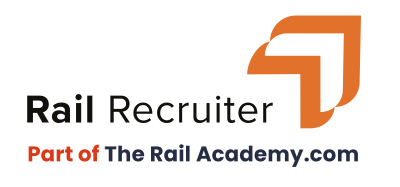The link between perceived travel time and real-time information systems
Posted: 2 September 2020 | KeTech Systems Limited (KeTech) | No comments yet
Time – the world’s most precious commodity, and one we can’t create any more of. But just how precious is it? One way of thinking about it is in terms of opportunity cost — or what economists call ‘the value of what you forgo by doing one thing and not the other’.


Perceived travel time is the duration of time that the passenger felt that he/she was spending between departure and arrival. Generally, the perceived travel time could be either greater or lesser than the actual travel time due to various reasons. This is especially true in terms of rail travel regarding dissatisfaction with punctuality and delays.
In the most recent National Rail Passenger Survey (NRPS), highlighted as one of the main complaints that train operating companies (TOCs) face was train delays. Delays can’t always be avoided, but broken communication can – research shows that organisations, including other modes of transport, have seen a decline in complaints surrounding this issue after implementing effective Real-Time Passenger Information Systems (RTPIS).
Through providing passengers with real-time arrival and departure information, you are decreasing the perceived and actual wait time for the passenger, as well as providing the passenger with the power to rearrange their time more efficiently and work around a delayed train. People like to have choices, because having choices makes them feel in control – this is true in many aspects (if not all) of people’s lives, and it is no exception when travelling.
Real-time passenger information (RTPI) should provide the passenger with all the information they need to make these choices. How many minutes is the train delayed by? Is there an alternative route or another train arriving soon? Is there an alternative mode of transport that they can use in order to get to their destination? Providing passengers with options makes them feel empowered, but giving them too many will overwhelm them. When providing passengers with options, it is imperative to streamline them in order to help make the passengers decision easier, not more difficult.
Ideally, passengers would rather know that their train is going to be late in advance, rather than being told one minute before it is supposed to arrive. This can’t always be avoided, but this is when true real-time information and alternative options carry the most importance. If a passenger knows that a train is going to be 10 minutes late, it allows them to be more productive with their day – for example, they may go to the bank or pick up some lunch, allowing them to use each minute of their day more efficiently, ultimately decreasing the perceived wait/travel time and, in turn, reducing passenger complaints.
Train operating companies have the opportunity to create a lesser perceived travel time for rail passengers, increasing customer satisfaction levels and unlocking the opportunity to add rail travel to car drivers’ travel choice sets. Not only will this increase the TOC’s revenue, but they will be positively contributing to a greener environment by reducing the number of cars on the road.
What are you waiting for? Call KeTech today.
Related topics
Operational Performance, Passenger Experience/Satisfaction, Passenger Information Systems (PIS), Real-Time Passenger Information (RTPI)






